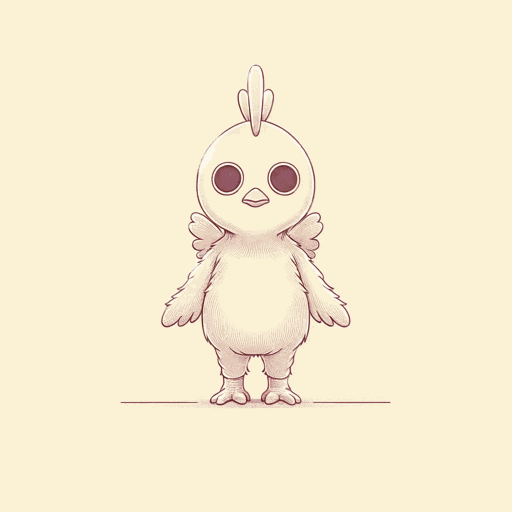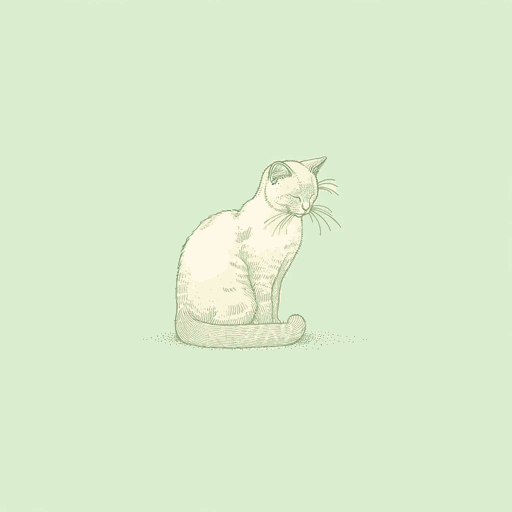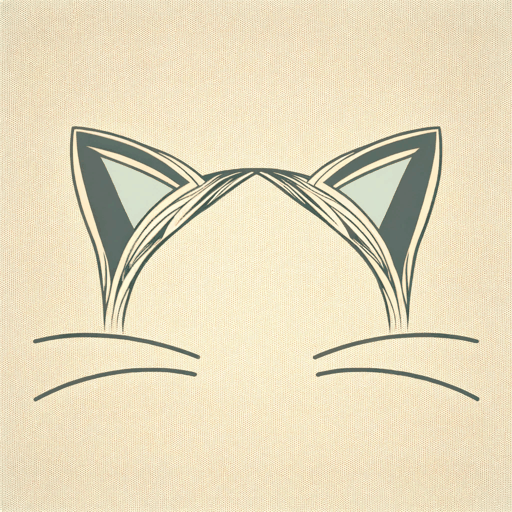39 pages • 1 hour read
Wendy Mass, Rebecca SteadBob
Fiction | Novel | Middle Grade | Published in 2018A modern alternative to SparkNotes and CliffsNotes, SuperSummary offers high-quality Study Guides with detailed chapter summaries and analysis of major themes, characters, and more.
Background
Literary Context: Fairy Tale and Folklore Tropes
As it blends realism with elements of fantasy, Bob relies on familiar tropes found in many fairy and folk tales. Indeed, the fictitious book that explains that Bob is a well dweller, Fairy and Folk Tales From A to Z, positions the novel to be read in the context of fairy tales.
Folk tales and fairy tales differ in that the former is historically an oral tale, while the latter is written and crafted in the manner of literature. Both are present in all cultures, and many date back to early human language. As folk tales are orally transmitted, their content shifts and changes upon each retelling, evolving the tale over time. One of the better-known types of folk tale is the fable, in which the conflict leads characters to a moral lesson. The lesson may impact the character’s community or the culture at large (Hansen, William. “Folktale.” Oxford Classical Dictionary, 2017).
Fairy tales are known for their otherworldliness, with tropes that rely heavily on the imagination. Magic is frequently a key element in the fairy tale’s fantastical plot, and ordinary items can become infused with magical abilities.








Related Titles
By these authors
Featured Collections
Appearance Versus Reality
View Collection
Books & Literature
View Collection
Childhood & Youth
View Collection
Earth Day
View Collection
Family
View Collection
Fear
View Collection
Friendship
View Collection
Guilt
View Collection
Juvenile Literature
View Collection
Magical Realism
View Collection
Memory
View Collection
Mothers
View Collection
Safety & Danger
View Collection
School Book List Titles
View Collection
The Past
View Collection
Valentine's Day Reads: The Theme of Love
View Collection










